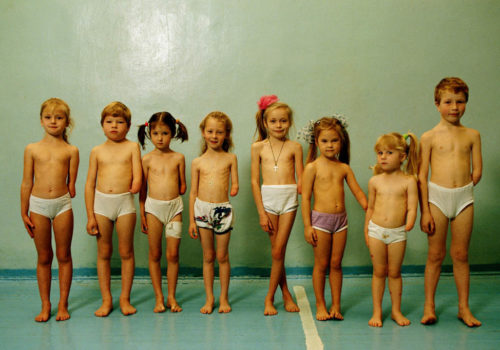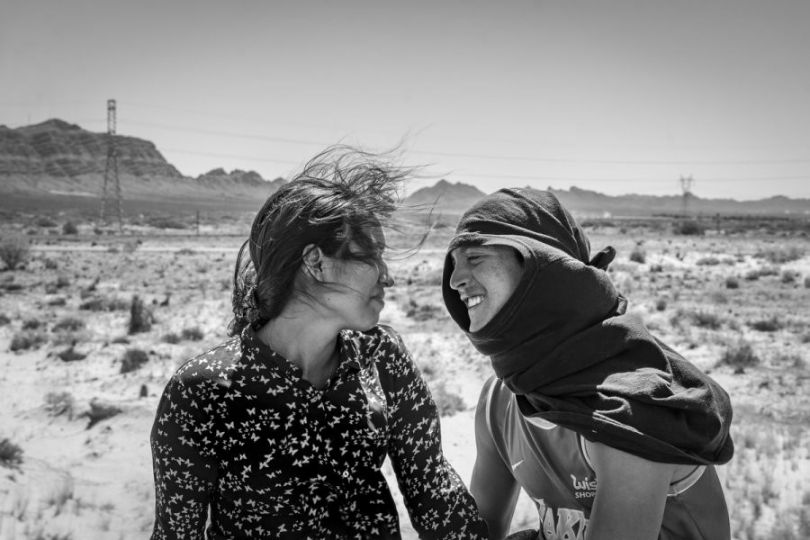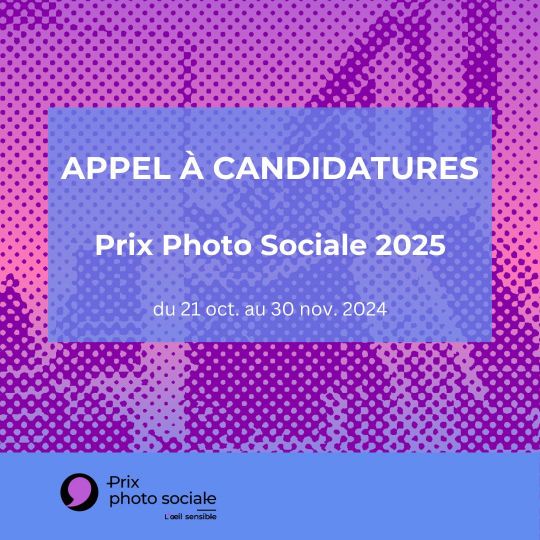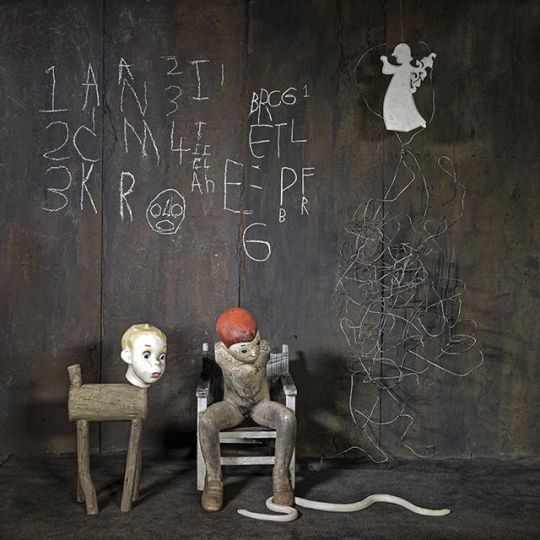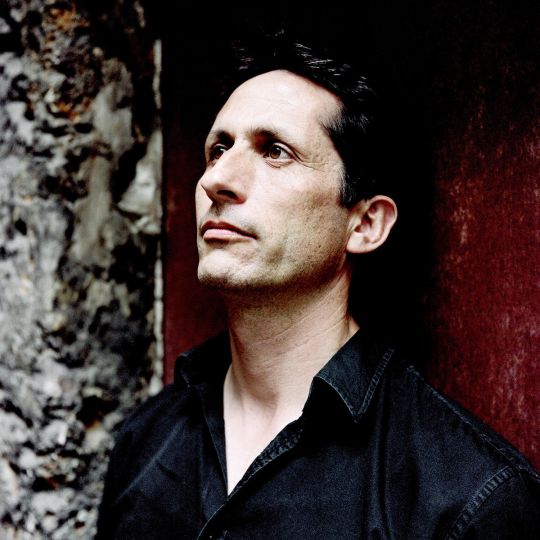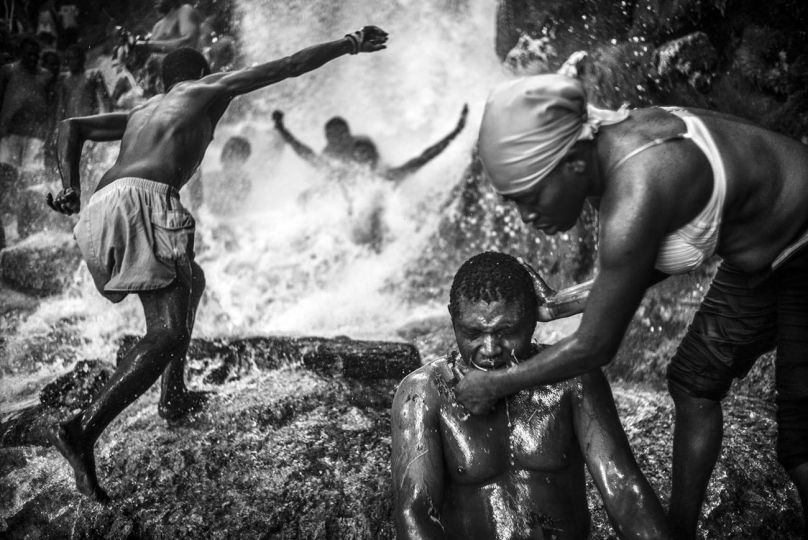German-born photographer Gerd Ludwig is the recipient of the 2014 Dr. Erich-Salomon Award, the lifetime achievement award of the German Photographic Association. In previous years, publications and respected photographers like Paolo Pellegrin, Silvia Plachy, Sebastião Salgado, Martin Parr, Mary Ellen Mark and Robert Frank have received the honor for outstanding contributions to the field of photojournalism. The awards ceremony took place on September 20th at the Photokina trade fair in Cologne, Germany.
Photographer Gerd Ludwig has been working primarily for National Geographic Magazine since 1989. His focus on environmental issues and the socio-economic changes in the former Soviet Union resulted most recently in The Long Shadow of Chernobyl, his 20-year retrospective book of his work documenting the aftermath of the world’s worst nuclear disaster to date.
Set up in 1951, the Deutsche Gesellschaft für Photographie (DGPh) brings together leading and outstanding personalities in the photographic world for the promotion of photography and its artistic and scientific applications. Its activities predominantly concern the cultural interests of photography and related imaging media. These include both the conventional process of photography and its many different fields of application in art, science, education, journalism, industry and politics, as well as the non-conventional methods and new forms of imaging media.

